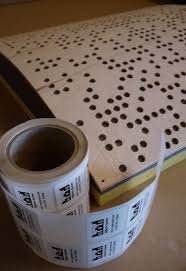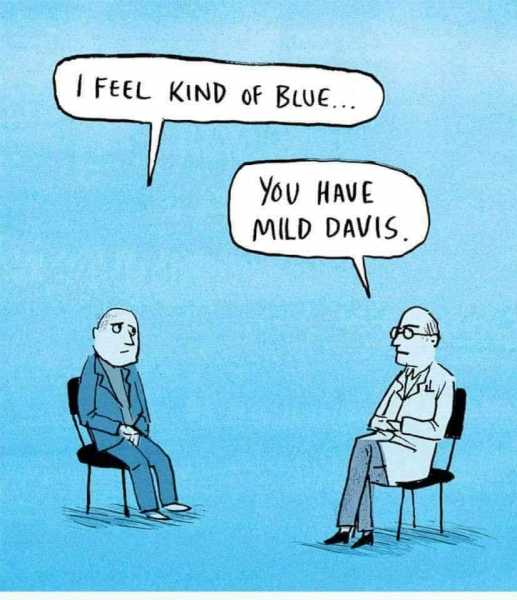According to the article,Yates disagrees with your comment and repeating my mantra, it is always an emotional experience!
"Listening naturally (emotionally), though, the RPGs seemed to represent a giant step toward the real, live experience of participating in the original music-making event."
I consider that Yates agrees with me when he needs to clarify what he means by natural adding emotional between parenthesis immediacy after using the word. I am favorable to beautiful wording and style as long as it is not ambiguous or misleading. The main point of the article is that he feels that an heavily professionaly treated listening room is adequate to optimize stereo sound reproduction and he masterly describes why very clearly with plenty of specifc examples.
Since long everyone agrees that the aim of sound reproduction is creating an emotional experience - the F. Toole book starts from that point. Divergences and interesting discussion show when addressing how to get there and our analysis of ways to build a system.
But you're correct in your assumption of Bonnie's work, isolating and sealing a room from the rest of house in this way will end up being too dead, at least IMO.
The article mostly circles the bowl promoting RPG diffusors but I appreciate the fact that he approaches the subject through listening and mentions things like ambience and natural sound instead of posting a bunch of measurements. We seem to agree on absorbent wall tampons as well. Otherwise there's nothing in real world advice beyond buy RPGs. The company makes some great products and has a largish toolbox and I'm sure if you're willing to spend the money for RPG and services of an experienced team you'll end up with a "Designed" space but that has nothing to do with system set up and dealing with the energy inside the room boundaries with or without RPGs which is what Peter documented here. The space and the energy still need to be managed with the listener, speakers and character of the room in mind. Simple example is what we did in Steve's "designed" room, moved the listening chair to avoid the "design", capturing the energy that room robbed him of before. This is a prime example of what I mean by energy management.
david
Well, Keith Yates is also a measuring and simulation person - in fact one of the best I know about. Probably because he manages to merge both.
Anyway, it is interesting to know that Steve has now "virtually" sent the room treatments effect down the hill - from pictures I always got the idea that the room was very damped . How far did he move the listening chair from the old position?



